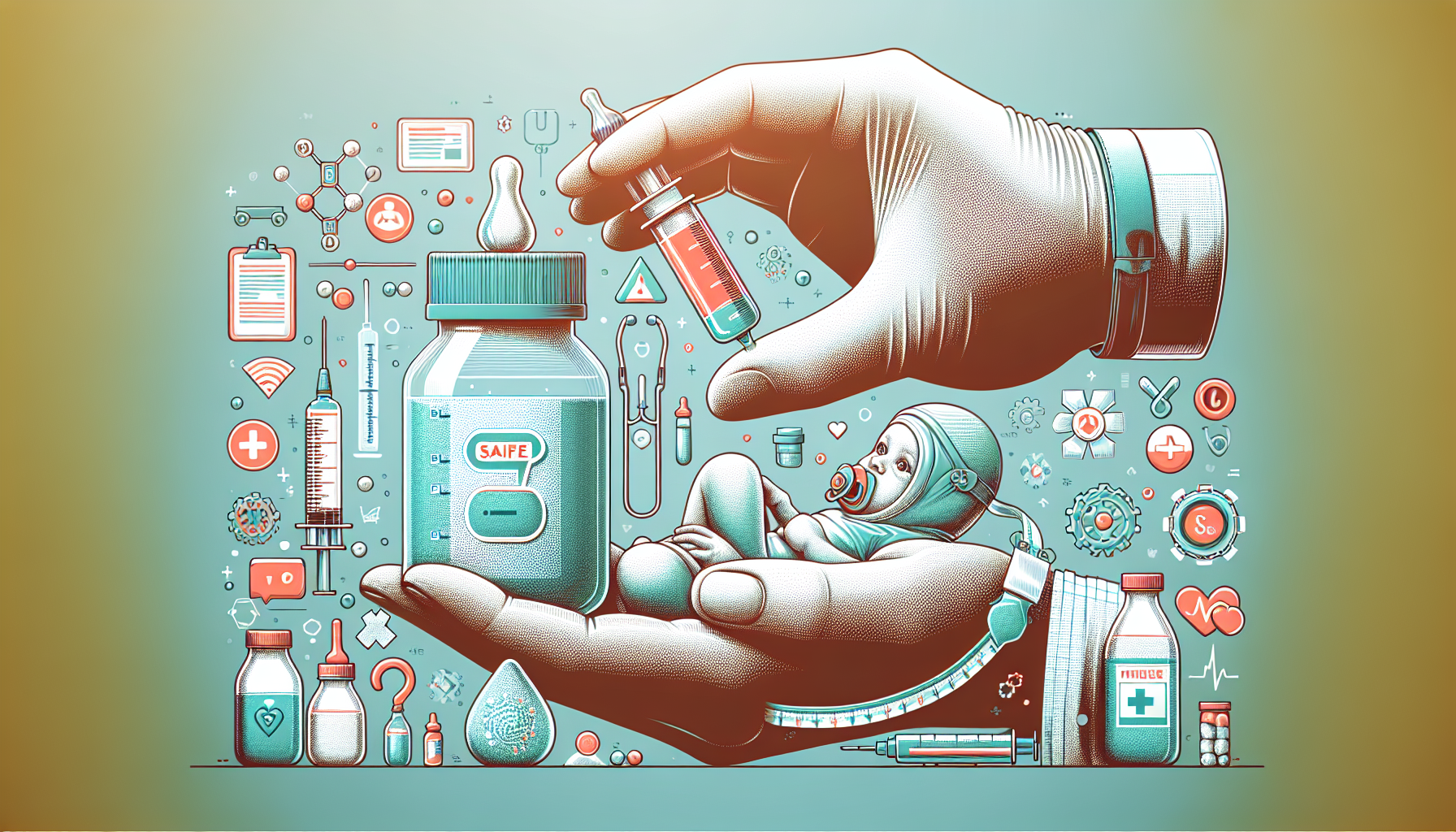New Guidelines: HIV-Positive Moms Can Safely Breastfeed with Proper Treatment
Key Takeaways
- New AAP guidelines allow some HIV-positive mothers to safely breastfeed on ART.
- Undetectable viral loads significantly lower the risk of HIV transmission.
- Key conditions must be met for safe breastfeeding in HIV-positive mothers.
Did You Know?
Safe Breastfeeding for HIV-Positive Mothers
Recent recommendations from the American Academy of Pediatrics (AAP) now permit some mothers with HIV who are on antiretroviral therapy (ART) to safely breastfeed their infants, provided their viral loads are undetectable. This marks a significant shift from the longstanding stance against breastfeeding to prevent HIV transmission to infants.
For years, the AAP advised against breastfeeding to mitigate the risk of HIV transmission from mother to child. The updated guidance is based on emerging evidence demonstrating a very low transmission risk when the mother is on ART and maintains an undetectable viral load.
Conditions for Safe Breastfeeding
According to the AAP's clinical report, mothers with HIV who desire to breastfeed must meet the following conditions: early initiation of ART before or during pregnancy, sustained suppression of the HIV virus (viral load <50 copies/mL), continuous access to ART, and consistent ART adherence. Additionally, the infant should receive antiretroviral prophylaxis.
Lisa Abuogi, MD, MS, and her colleagues at the University of Colorado School of Medicine emphasized that while the risk of transmission is very low—less than 1%—it is not zero.
Supporting Evidence and Recommendations
The decision aligns with a previous recommendation from a joint panel of the CDC and HHS, affirming that breastfeeding is safe for mothers with HIV who are virally suppressed on ART.
The report states that without ART or infant prophylaxis, the risk of HIV transmission during breastfeeding is highest within the first 4 to 6 weeks, ranging between 5% and 6%. This risk reduces significantly when mothers are on ART with undetectable viral loads, bringing the transmission risk to below 1%.
Implications for Clinical Practice
Despite these new guidelines, there is a learning curve ahead. Many healthcare professionals were trained under the old recommendations, where any form of breastfeeding by HIV-positive mothers was discouraged.
Dr. Abuogi hopes the new guidelines will reach a broad audience of pediatricians and other pediatric care providers, offering them clarity on the matter. The AAP plans to host educational webinars to disseminate these guidelines effectively.
Global Perspectives on Breastfeeding and HIV
Diverse global recommendations regarding breastfeeding and HIV have historically complicated the issue. Since 2016, the World Health Organization (WHO) has recommended breastfeeding for HIV-positive mothers with ART and infant prophylaxis in resource-limited settings where alternatives like formula and safe drinking water are scarce.
This unified approach aims to minimize confusion among HIV-positive women who immigrate to the U.S. from countries where breastfeeding is the norm, harmonizing local and international guidelines for better understanding and practice.





